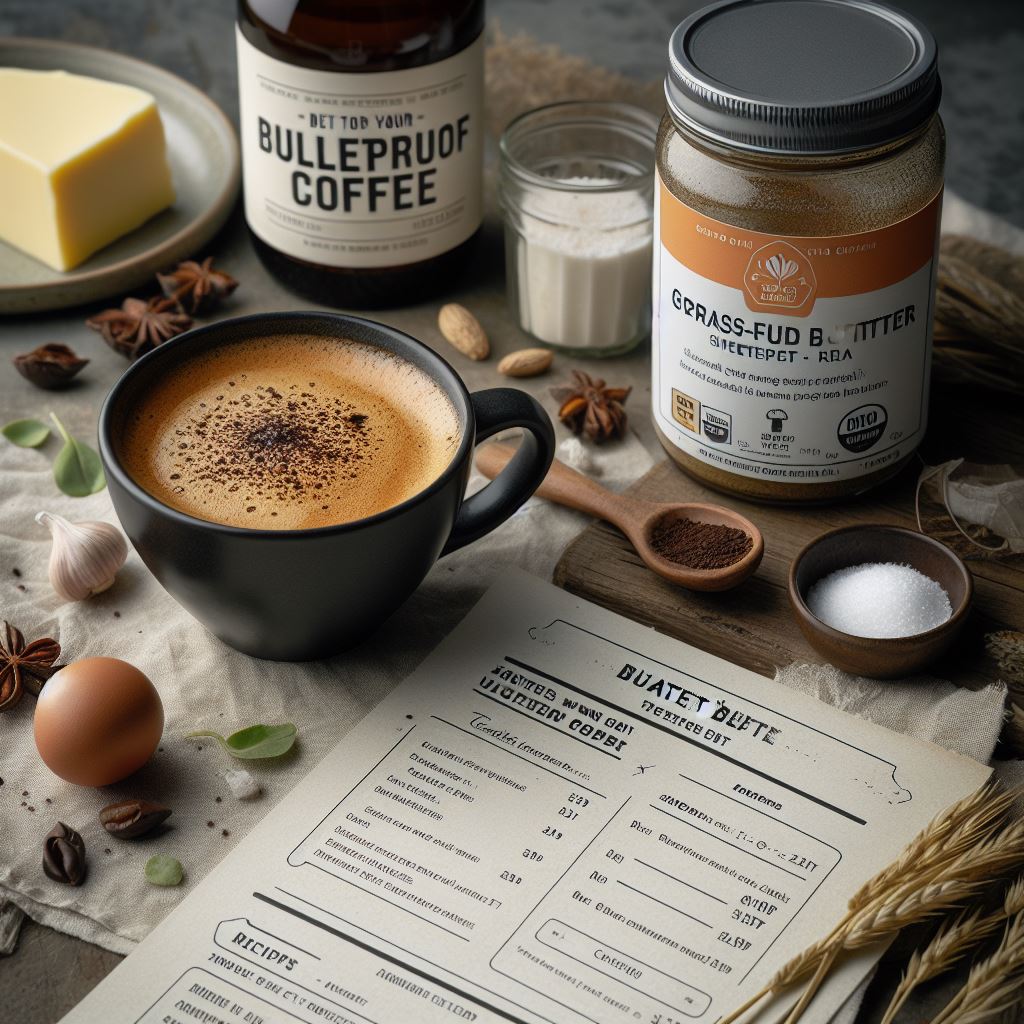Welcome to “Citrus Delights: Exploring the World of Clementines from Peel to Pairing”! This blog is dedicated to taking you on a flavorful journey through the vibrant universe of clementines. We’ll peel back the layers of knowledge surrounding these tiny citrus gems, and discover everything from the art of peeling a clementine to the myriad ways it can elevate your culinary creations.
In this blog, we’ll cover everything you need to know about clementines, including their seasonal nuances, nutritional values, and unique uses in cocktails, skincare, and beyond. Whether you’re new to the world of clementines or a seasoned enthusiast, we’ll share tips on growing clementine trees, crafting homemade clementine-infused delights, and unlocking the secrets to perfect pairings that will tantalize your taste buds.
We’ll explore the health benefits of clementines, including their high vitamin C content and antioxidant properties. We’ll also share some of the most innovative recipes that feature clementines, from savory dishes to sweet treats and refreshing beverages.
If you’re looking to enhance your appreciation for this delightful fruit, “Citrus Delights” is your go-to source for unlocking the full potential of clementines. So, let the citrus adventure begin! Join us on this exciting journey to discover the wonders of clementines and learn how they can be a staple in your kitchen!
The Clementine Peeling Guide: From Orchard to Zest
Clementines are small, sweet, and portable fruits that are enjoyed during winter. Peeling the fruit may seem like an easy task, but it can be challenging for some people. This guide will help you become an expert in peeling clementines, as it covers everything from how to choose the perfect fruit to the science behind its peel.

Choosing the Right Clementine
Not all clementines are created equal when it comes to peeling. Here are some tips for selecting the best fruit:
- Choose thin-skinned varieties like “Tango” or “Cuties.” They are easier to peel than thick-skinned varieties like “Hernandinos.”
- Look for ripe clementines. They should have a vibrant orange color, a slight give under gentle pressure, and a fragrant citrus aroma.
- Choose stemless clementines to avoid hidden bitterness and peeling challenges.
Techniques for Peeling
Here are some methods for peeling clementines:
- The Gentle Roll: Apply gentle pressure to the clementine by rolling it back and forth against a hard surface. This method loosens the peel from the flesh, creating a separation point.
- The Pinch and Pull: Locate the natural seam at the blossom end, where the peel tends to be thinner. Pinch this spot and gently pull, tearing the peel downwards in sections. This method works best for ripe clementines.
- The Cut and Separate: Use a small knife to score the peel vertically around the clementine, then gently pry the sections apart.
Using the Peel
Don’t discard the peel! Here are some ways to make the most of it:
- Zest Your Way to Flavor: Use a microplane or a zester to create fragrant citrus zest, which can add a bright punch to desserts, marinades, or cocktails.
- Candied Delights: Transform peels into candied citrus chips, a tangy and addictive treat enjoyed on their own or used to decorate cakes.
- Storage Smarts: Store peeled clementine segments in an airtight container in the fridge for up to 3 days, or freeze them for longer storage.
The Science of Peel Ability
Here’s why some clementines peel more easily than others:
- Limonene’s Lullaby: This essential oil in the peel acts as a natural glue, adhering it to the flesh. Ripe clementines have lower limonene levels, making the peel easier to detach.
- Temperature Tango: Cold temperatures stiffen the peel, making it more difficult to separate. For stubborn peels, try giving the clementine a quick room-temperature warm-up.
With these tips, you can become a pro at peeling clementines. Practice makes perfect, and the reward is the juicy treasure inside each fruit.
Optimizing Clementine Storage: A Guide to Sustained Freshness and Flavor
Clementines are citrus fruits that are popular during the winter season for their sweet, juicy flavor. However, proper storage is essential to ensure that they remain fresh and tasty for as long as possible. Below are some detailed tips to help you optimize your clementine storage:

Temperature Control:
- Ambient Atmosphere: For short-term storage (up to one week), it is best to keep clementines at room temperature. Choose a cool, well-ventilated location away from direct sunlight and heat sources to prevent premature ripening and dehydration.
- Refrigerated Respite: For extended shelf life (up to three weeks), refrigeration is the way to go. Utilize the crisper drawer in your fridge, maintaining the optimal humidity while avoiding the coldest zones to prevent chilling injury.
Container Considerations:
- Unencumbered Approach: Avoid overcrowding clementines. Placing them in a single layer facilitates air circulation and minimizes bruising. This practice applies to both room-temperature and refrigerated storage.
- Breathable Barriers: Opt for mesh bags, allowing efficient air exchange and preventing moisture buildup, which can contribute to mold growth.
- Contingency Containment: While not ideal, plastic bags can be utilized for short-term storage. Ensure adequate ventilation by piercing holes, and transfer clementines to breathable containers for extended periods.
Additional Strategies:
- Selective Segregation: Inspect clementines upon purchase and remove any exhibiting bruising or blemishes. These individuals have compromised shelf life and can negatively impact neighboring fruit.
- Pre-Consumption Cleansing: Wash clementines just before consumption, especially if stored at room temperature, to remove surface contaminants.
- Future-Oriented Freezing: Excess clementines can be preserved for up to three months by peeling and freezing the segments in airtight containers. This method unlocks their versatility for future use in smoothies, juices, or baking applications.
Citrus Savvy Tip: Don’t discard those peels! Utilize a zester to extract the vibrant zest, infusing your culinary creations with a zesty, citrusy punch.
By following these detailed recommendations, you can ensure that your clementines remain fresh and delicious for as long as possible. Enjoy the delightful taste of these winter treasures with the knowledge that you are storing them optimally!
How many calories in a clementine
One clementine contains approximately 35 calories. However, it’s important to consider some additional factors:
- Size: Clementines can vary in size, with larger ones naturally having more calories than smaller ones.
- Source: Different varieties of clementines may have slightly different calorie counts.
- Ripeness: Ripeness may also play a role, with riper clementines potentially having slightly more sugar and thus slightly more calories.

Therefore, while 35 calories is a good general estimate, the actual calorie count of your specific clementine might be slightly higher or lower.
Here are some additional details:
- One standard-sized clementine (74 grams) typically contains:
- 35 calories
- 9 grams of carbohydrates (7 grams of sugar)
- 1 gram of protein
- 0 grams of fat
- 40% of the Daily Value (DV) for vitamin C
- Two clementines (148 grams) are often counted as one serving and contain:
- 70 calories
- 18 grams of carbohydrates (14 grams of sugar)
- 2 grams of protein
- 0 grams of fat
- 72% of the DV for vitamin C
how to check calories in clementine
There are several ways to check the calorie content of your clementine:
1. Look for the nutrition label:
- If you purchased your clementines pre-packaged, they might have a sticker with a nutrition label on the bag or container. This label will typically list the calorie count per serving, along with other nutritional information like carbohydrates, protein, and fat.
- Even if you bought them loose, some grocery stores offer small stickers with basic nutritional information like calories that you can stick on your own.
2. Use a food scale and online resources:
- If you don’t have a pre-packaged clementine or no sticker, you can estimate the calorie count using a food scale and online resources.
- Weigh your clementine and find its weight in grams.
- Use a reliable online database like the USDA National Nutrient Database for Standard Reference, MyFitnessPal, or Cronometer. Search for “clementine” and enter the weight you measured.
- The website will then tell you the estimated number of calories and other nutrients in your specific clementine.
3. Use a calorie calculator app:
- Several calorie calculator apps allow you to scan the barcode of your clementine or take a picture of it and provide you with the estimated calorie count. These apps can be a convenient option for on-the-go calorie tracking.
4. Use a general estimate:
- If you don’t have access to a scale or online resources, you can use a general estimate. A standard-sized clementine (74 grams) typically contains around 35 calories. Keep in mind that this is an approximation, and the actual calorie count may vary depending on the size and variety of your clementine.
Additional tips:
- Remember to consider the whole fruit, not just the edible portion, when estimating calories.
- If you’re unsure about the variety or weight of your clementine, it’s best to err on the side of caution and use a lower estimate for the calorie count.
- Focus on enjoying your clementine as part of a balanced diet and don’t get too bogged down in counting every calorie.
I hope these suggestions help you find the best way to check the calorie content of your clementine!








